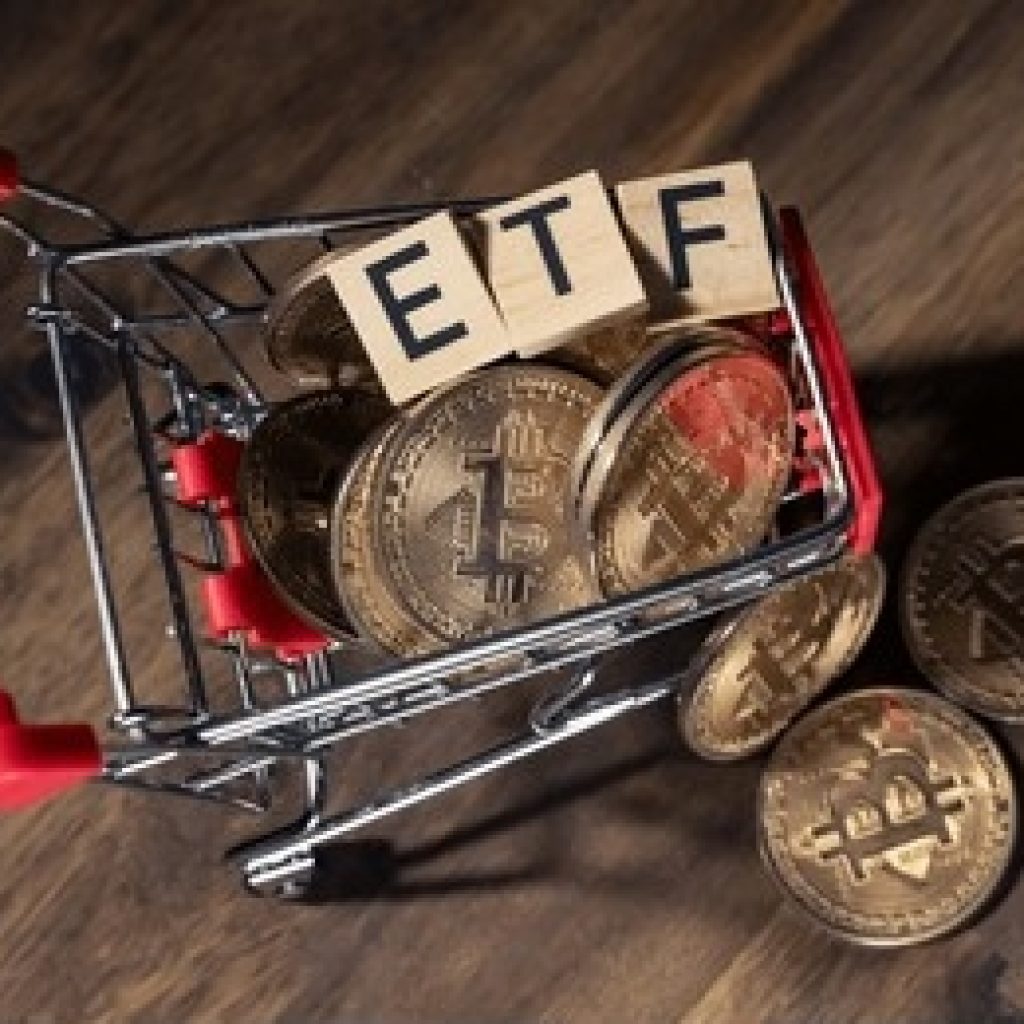Bitcoin transaction fees are rising again as multiple projects try to set the standard for Layer 2 with tokens and other assets. Fees went vertical, entering the “banana zone,” which is changing the usage of the Bitcoin chain.
Bitcoin fees have displaced the block reward as it continues to diminish. Fees remain unpredictable, rising to prohibitive levels during periods of congestion. The current fee spikes may be because of a renewed trend of creating ordinals.
Fees are still far from the peak on April 21, when even average transactions incurred more than $120. Yet in the past three days, fees on the Bitcoin network went up by 100%, with the average fee above $7.
Daily ordinal inscriptions picked up again at the beginning of June, causing an immediate reaction to fees. On average, Bitcoin produces $2.9M in fees weekly, or about 50% of Ethereum’s fees.
Read: Grayscale says Bitcoin Ordinals are ‘positive’ for BTC in 2 ways
To compare, block rewards are still the equivalent of $29M in 24 hours. Bitcoin may expect growing congestion in the coming months as more projects attempt to record directly on the blockchain. After the first episodes of congestion in 2023, Bitcoin supporters even called inscriptions a vulnerability, setting up discussions to remove the ability to generate ordinals and BRC-20 tokens.
However, the new types of assets remain and show they can cause at least episodes of higher fees. Even on ordinary days, transaction fees can rise within the span of an hour and slow down regular users who just want to send BTC. For some collections, congestion is often seen as a sign of significant buying interest, similar to FOMO for NFT.
Ordinals are going through a double trend, with both new minting and showcasing older collections.
Bitcoin Punks were one of the earliest creations, trying to regain attention through its rarity features and the specific Bitcoin blocks inscribed on the collection.
The return to ordinals also coincides with the growth of Runes. This different type of asset can create many tokens and transactions without impacting users or miners because it has no on-chain activity.
Is Bitcoin a golden age for miners?
Bitcoin miners enjoy a mix of highly valuable block rewards and days with significant fees. The ordinals and BRC-20 era paint a different picture compared to previous bull markets, where congestion occurred on attempts to sell or buy coins.
As of June 6, fees rose up to 54% of the block subsidy during the day. On more active days, miners gain 75% of the block’s value based on fees. During the usual network load, on average, fees still make up about 10% of miner revenues.
Bitcoin mining is still profitable, though with a thinner margin. Fees may make the difference for some miners, who manage to grab the most active blocks during peak ordinal activity.
Also read: Is Crypto Mining Profitable in 2023? Top 5 Crypto Miners
The Halving event in April decreased profitability the most, so the average miner can expect to earn $0.057 per terahash of mining power daily. Mining has shifted to US-based pools, which are highly competitive and invested in equipment and hashing power.
As of 2024, 8,283 reachable nodes secure the Bitcoin network. In the past, Bitcoin has easily surpassed 10K nodes, with distribution to most locations on the planet. At this rate, there are more than enough nodes to avoid attacks. The network is also secured by near-record hashrates, above 732 EH/s, making double-spending impossible.
Bitcoin’s mining difficulty peaked on May 6, 2024, and has changed slowly. The network is still highly competitive, but some miners may redirect their resources to other projects.
Cryptopolitan reporting by Hristina Vasileva






